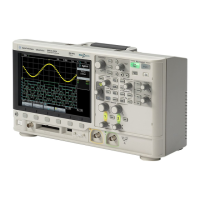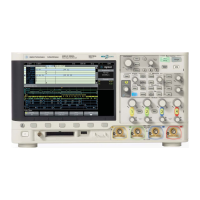Agilent X-Series Signal Generators User’s Guide 61
Basic Operation
Working with Files
Simultaneous Modulation
NOTE The Agilent X- Series signal generators are capable of simultaneous modulation. All
modulation types (AM, FM, φM, Pulse, and I/Q) may be simultaneously enabled, but there are
some exceptions. Refer to Table 3- 1.
Working with Files
• File Softkeys on page 62
• Viewing a List of Stored Files on page 63
• Storing a File on page 65
• Loading (Recalling) a Stored File on page 66
• Moving a File from One Media to Another on page 67
• Working with Instrument State Files on page 68
• Selecting the Default Storage Media on page 72
The signal generator recognizes several types of files, such as instrument state files, license files, and
list sweep files. Files can be stored either in the signal generator’s internal storage or on the USB
media. This section provides an overview of how to navigate the signal generator’s file menus, and
how to view, store, load, and move files.
The Agilent MXG and EXG non- volatile internal memory is allocated according to a Microsoft
compatible file allocation table (FAT) file system. Refer to the Programming Guide.
See also: Storing, Loading, and Playing a Waveform Segment on page 148.
Table 3-1 Simultaneous Modulation Type Combinations
AM
a
a
Linear AM and Exponential AM cannot be enabled simultaneously. Refer to Chapter 4.
FM φM
Pulse
b
b
Pulse modulation requires Option UNW. Refer to Chapter 6.
I/Q
AM--xxxx
FM
x
c
c
FM and φM cannot be enabled simultaneously.
-- not applicable xx
φM
x
c
not applicable -- x x
Pulse x x x - - x
I/Qxxxx--

